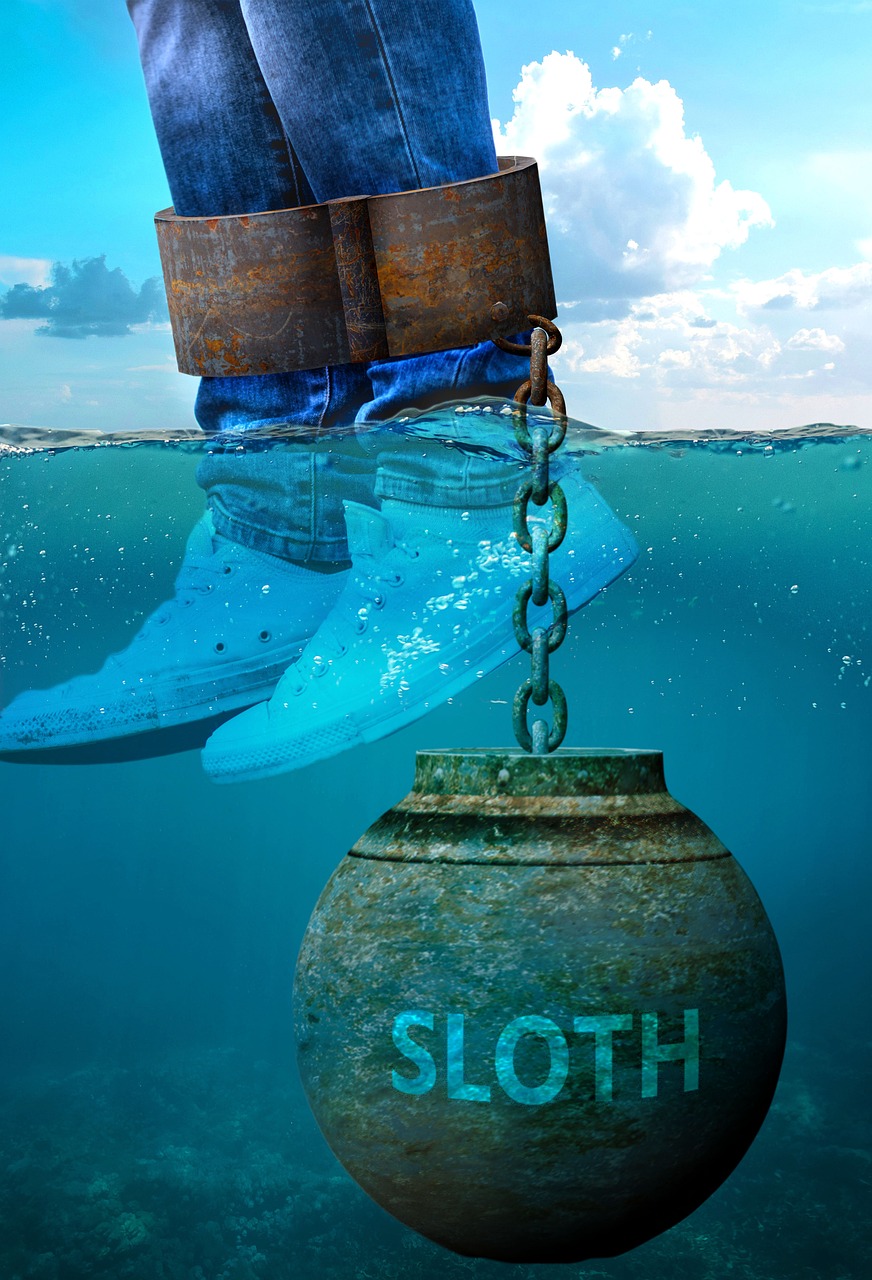For there to be exchange, coordination, cooperation between agents, there must be agreements between the people concerned; that is, a system of reciprocal expectations between people and their behavior. This conduct is a prerequisite in the current context where organizations are more oriented towards optimizing human capital. This optimization is a challenge that each organization strives to meet in achieving its objectives. However, taking up such a challenge is not an easy task, since each organization has within its individuals driven by convergent and divergent motives for action, and aiming for ends that do not always seem to go in the same direction as those organization.
The notions of social influence and leadership in social psychology
The demands for cooperation inherent in the functioning of all human organizations involve the phenomena of power, understood here as the ability of an individual to modify the behavior of another individual. The different ways of exercising power constitute what should be called social influence. For Edgar Morin, social influence is part of a process of interaction between the person who exercises power and the target of this power. Social influence aims to bring about change, to produce behaviors likely to allow an organization to achieve the objectives it has set for itself. It is possible to distinguish, according to Edgar Morin, four forms of social influence.
This video explain it more:
The first form of influence is normalization, which can be understood as a process of mutual adjustment between members of a group. It corresponds to a situation where the group is under construction and where the norms are to be invented. Through the cognitive processes of attribution, categorization and social comparison, individuals interact to reach a compromise. This implies for each member of the group to make concessions to converge towards agreements. Normalization can favor the status quo because it is based on a balance; but at the same time, it can be a lever for social change.
Leadership Styles
First, the democratic style in which the participation of all members of the group is encouraged. The leader plays the role of catalyst. It federates all the intelligences and puts them at the service of the objectives to be achieved. With the evolution of the company towards the model of human resources management, this style appears today as the most valued, since it is through it that potential finds a framework of erection and expression.
Next, the autocratic style favors the expression of the leader rather than that of the group. The leader dictates the conduct to be followed, he takes and assumes all the decisions. All forms of conflict remain latent since they are inhibited by the repressive power of the leader. Finally, the laissez-faire style is characterized by the leader’s passivity. He lets all intelligences express themselves and only plays the role of informant as to the means available.

